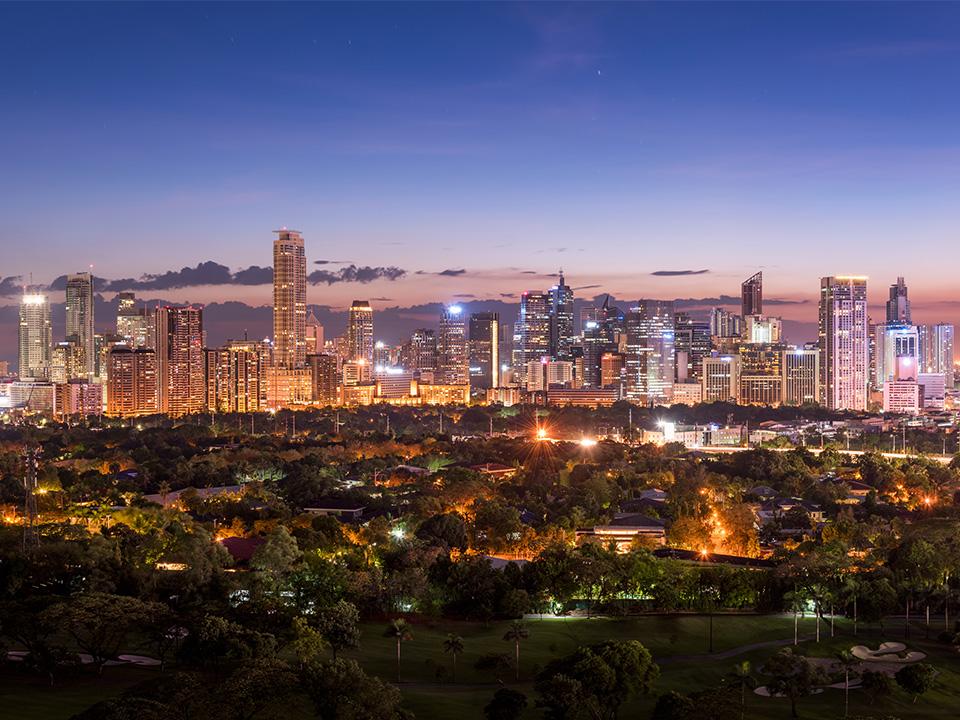Marcos economic team maintains 2024-2028 GDP growth targets

The Marcos administration’s economic team has maintained its medium-term growth targets until 2028.
At a press briefing following the 188th Development Budget Coordination Committee (DBCC) meeting on Thursday, Budget Secretary Amenah Pangandaman disclosed the latest macroeconomic assumptions, growth targets, and fiscal program for 2024-2028.
For 2024, the DBCC projected a growth rate of 6% to 7%.
For next year, the economic growth assumption is 6.5% to 7.5%, while for 2026 to 2028, the DBCC is expecting the economy to grow between 6.5% and 8%.
These are the same medium-term growth rate outlooks presented by the DBCC in April.
“We are committed to implementing growth-enhancing strategies to mitigate these risks, such as sustaining government efforts to address inflation, promoting and adopting digitalization to improve efficiency in government spending, accelerating infrastructure development, expanding skills development for our workforce, and strengthening inter-industry supply chain linkages, among others,” Pangandaman said.
“This growth trajectory puts us firmly on the path to becoming an upper-middle-income economy in less than two years and reducing the poverty rate to single-digit levels by 2028,” she said.
The economy, as measured by GDP, rose 5.7% in the first quarter of 2024, slower than the 6.4% growth rate seen in the same period last year.
Despite this, Pangandaman said the Philippines led ASEAN-6 countries in the first quarter, “outperforming Indonesia (5.1%), Malaysia (4.2%), Singapore (2.7%), and Thailand (1.5%).”
“This development brings us to an astounding 6.1% average growth rate since the administration took office—from the third quarter of 2022 to the first quarter of 2024,” she said.
The DBCC also said that the inflation rate will settle between 3% and 4% this year.
“We are determined to achieve price stability and return to the target range of 2% to 4% from 2025 to 2028 through the proactive implementation of monetary policy measures and well-targeted government interventions that address the primary drivers of inflation,” Pangandaman said.
“This includes implementing the new Comprehensive Tariff Program for 2024–2028 to improve the affordability of essential commodities amid the rising global prices and the Food Stamp Program to mitigate the impact of elevated food prices on the poor and vulnerable sector,” she said.
Meanwhile, the DBCC revised its peso-dollar exchange rate assumption for 2024 to P56 to P58 against the US dollar from an earlier projection of P55 to P57.
“This is expected to broadly stabilize at P55 to P58 against the US dollar for the remainder of the medium term, given increasing tourism receipts, growing BPO revenues, and robust overseas Filipino remittances that will support and keep the currency stable and resilient against persisting global headwinds,” Pangandaman said. —VBL, GMA Integrated News




